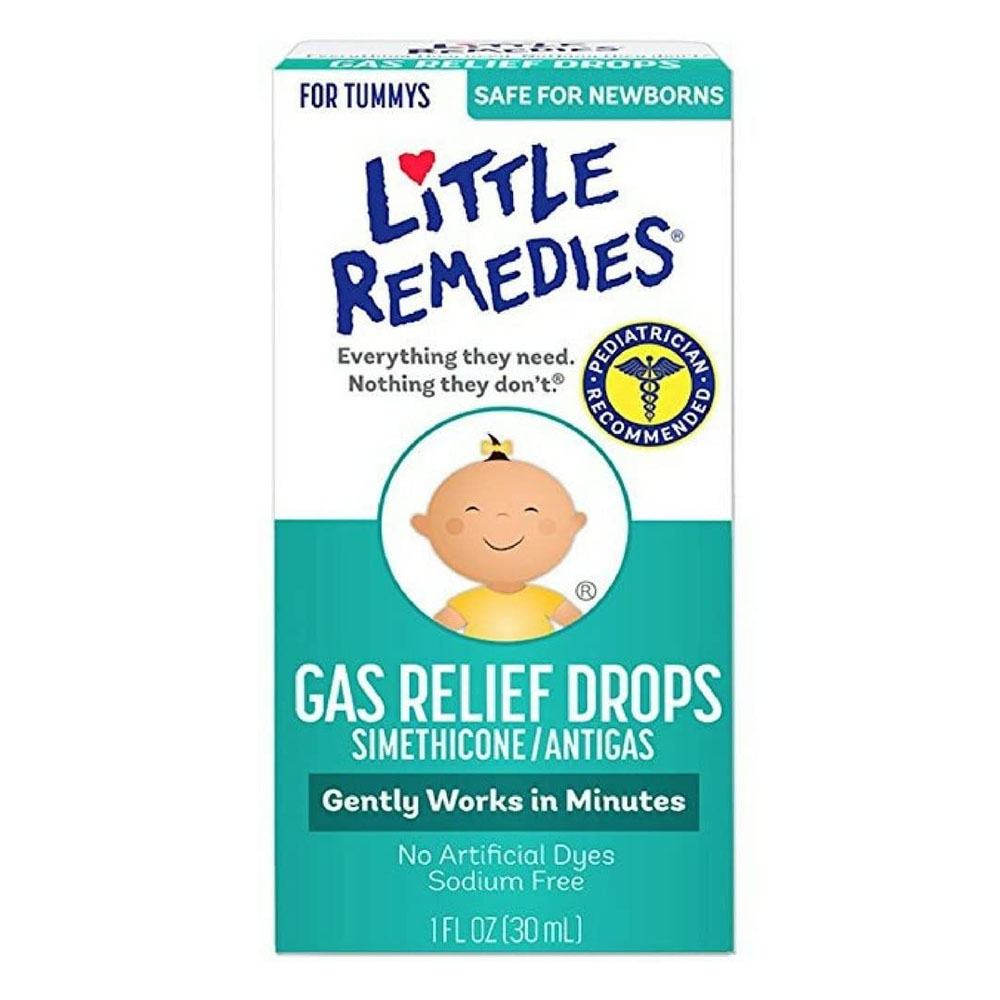Exemplary Tips About How To Reduce Baby Gas

Feed your baby as upright as possible;
How to reduce baby gas. Rub warm oil on the baby’s tummy and gently. Best for breastfed babies: Here are six tips and tricks we recommend for relieving and reducing infant gas:
How to prevent baby gas 1. Some positioning tips: Lay your child on their back and pedal their legs with your hands to help expel gas from below;
This is typically caused by swallowing too much air in the process, which leads to gas. Following these simple methods can help relieve the baby’s gas: Move the legs around as if they were riding a bicycle.
This can happen when there is: Perhaps the easiest way to try to prevent gas in babies is to minimize the amount of air they’re. Cry fart have a hard tummy sometimes, gassy babies might seem like they're seriously uncomfortable or in pain.
Once you’ve identified the cause, you can take measures to help prevent (or at least minimize) it in the future, and be prepared by having the proper gas treatment on hand. It’s very common for babies to spit up after feedings. One of the most common ways that babies get gas in their digestive system is by taking in excess air.
Do they keep crying despite efforts to settle them? A warm bath and compress work as the best natural remedy for colicky babies and offers respite from. Does your baby start to fuss after feeding?
How can you know if there's another problem? Updated january 20, 2024 signs your baby has gas, and how to treat it. Constipation immature digestive tract is still learning to process breastmilk, gas, and stool effectively sensitivity or allergy to a food in mom’s diet introduction to a bottle or to.
Remedies other reasons for crying speak with a doctor takeaway serhii sobolevskyi/getty images gas pain is no fun for anyone, adults and babies alike. Table of contents show is my diet causing my baby to be gassy?
Try infant massage between meals: Whenever a baby is experiencing gas or any kind of discomfort, the first thing people. Trapped gas occurs when an infant is unable to move.
However, to reduce the risk of sudden infant death syndrome (sids), the best sleeping position for a gassy baby—and every baby—is on their back.


















